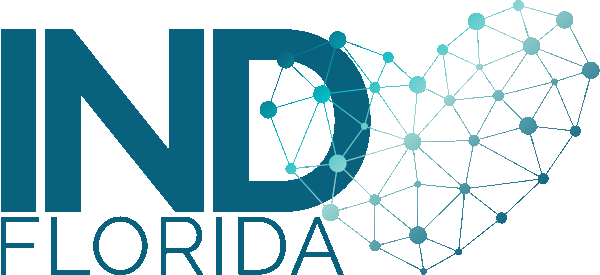If you have a grandparent, friend or other family member with Alzheimer’s disease (AD), you may be familiar with the many challenges involved in having a loved one with memory loss. One common symptom of AD, involving memory loss, is difficulty remembering familiar faces. Remarkably, a 14-year-old high school student, named Emma Yang, has created an app, designed to help people with memory problems recognize the faces of their loved ones.
About Emma Yang
After her grandmother was diagnosed with early Alzheimer’s disease (a type of Alzheimer’s that occurs [before age 65] in approximately 5% of people with AD), Emma wanted to help her grandmother—and other people with AD.
At around 8 years old, Emma’s grandmother became increasingly forgetful. So, she decided to try to do something to help. “I have personal experience with how the disease can affect not only the patient, but also family and friends. When I was about 11 or 12, I got really interested in using technology for social good to help other people around the world,” says Yang, who is now 14.
The app—which is currently being developed—is called “Timeless.” It allows people with Alzheimer’s to scroll through images of family members and friends,and the app tells the person with AD who is featured in the image. The app also describes how the person in the photo is related to the person with AD.
“I saw a lot of things about how AI and facial recognition were really evolving and being applied in more and more areas, especially healthcare,” Emma says. Emma worked with mentors at a tech company called Kairos—which makes the facial recognition software.
Features of the App
When the person with AD is having trouble recognizing someone, they can take a picture, and the app will automatically identify them. The app uses artificial intelligence (AI), which is an area of computer science that emphasizes the creation of intelligent machines that work and react like humans.
Other features of the app include:
-A reminder screen that lists appointments for the day
-A contact screen that shows images, names and contact info of friends or family members
-A memo that alerts the person with AD when a number is called repeatedly (something people with
memory problems are known to do)
-A “me” page with information on age, phone number and address (to help people with AD who may get
lost and forget their address)
-An area for the caregiver to input appointments, and other calendar events
-A segment that allows caregivers to invite family members and friends to send photos—to
enable the facial recognition algorithm to learn to identify them.
App Development
Currently, the app is in the funding stages (via a crowdfunding campaign). Emma doesn’t have scientific proof that the app will work, but she says she is optimistic that it can help a person with AD, particularly if it is introduced in the early stages of the disease. .
“There are no apps on the market that really help Alzheimer’s patients with their daily lives,” Emma says. “A lot of times people think that it’s not going to help, or the elderly can’t really use technology, but in fact, if you strategically introduce it to them, it’s actually a possibility and can really benefit their lives.”
Will The App be Effective?
Katherine Possin, an associate professor at the UCSF Memory and Aging Center—who was NOT involved with the project—says she is also optimistic about the app. Possin stated, “It can be hard for somebody who has a lot of impairment or memory problems to learn a new technology or software. But if somebody’s mild in their disease, and with support from their caregiver, it’s possible, if the app is simple enough that they can learn to use it through repetition and practice.”
Possin also explained that the app can provide a type of social activity, particularly for a person in the early stages of the disease, because it helps them think about friends and family members. “‘I think it can be very helpful for patients to rehearse memories that are important to them—having a chance to rehearse that can strengthen those memories and make them stronger and make them more resilient in the face of the disease.”






